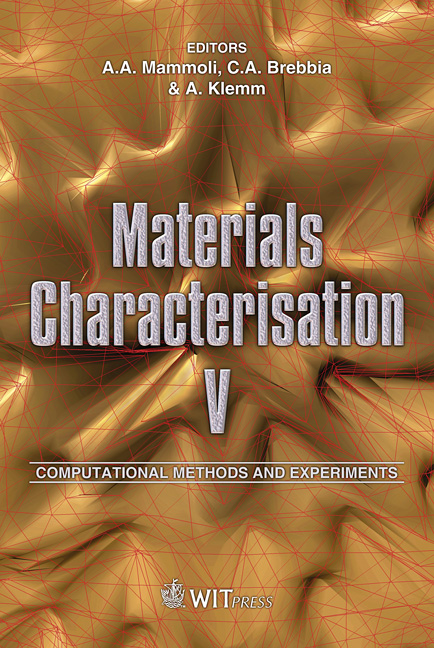Quantitative Description Of The Morphology Of Polyurethane Nanocomposites For Medical Applications
Price
Free (open access)
Transaction
Volume
72
Pages
10
Page Range
377 - 386
Published
2011
Size
1,129 kb
Paper DOI
10.2495/MC110331
Copyright
WIT Press
Author(s)
J. Ryszkowska & B. Waśniewski
Abstract
This paper presents the application of stereology methods to the description of morphological properties of polyurethane nanocomposites for medical applications. The study of the cross-section surface structure of the obtained materials was performed by Atomic Force Microscopy. The volume of hard phase agglomerate was used to evaluate the degree of phase separation of the examined nanocomposites. The relationships between the domain agglomerate characteristics and the properties of nanocomposites obtained from them were analysed. The results showed that nanocomposites with non-modified nanosilica dioxide (SiO2) and nanosilica dioxide modified with NH2 groups differs from polyurethane within the following properties: size and volume of the agglomerates of the hard domains, biocompatibility, thermo-mechanical and abrasive wear resistance. Keywords: nanocomposites, polyurethane, structure, image analysis, biomedical application 1 Introduction Polyurethanes (PURs) and their nanocomposites are a versatile plastic material, formulated to provide good biocompatibility, flexural endurance, high strength, high abrasion resistance and processing versatility over a wide range of applications [1]. The most common use in medical devices is in short-term implants [2]. Polyurethane elastomers are linear segmented copolymers
Keywords
nanocomposites, polyurethane, structure, image analysis, biomedical application





